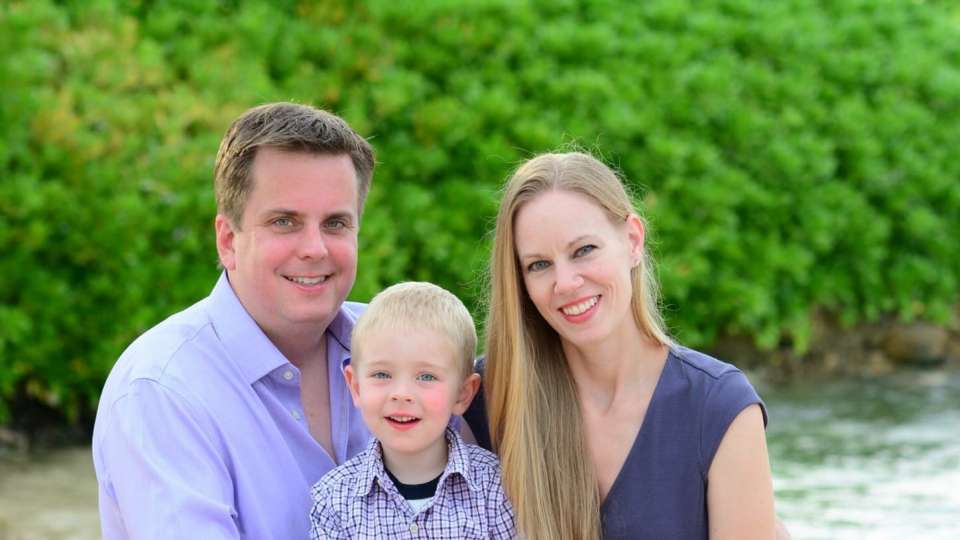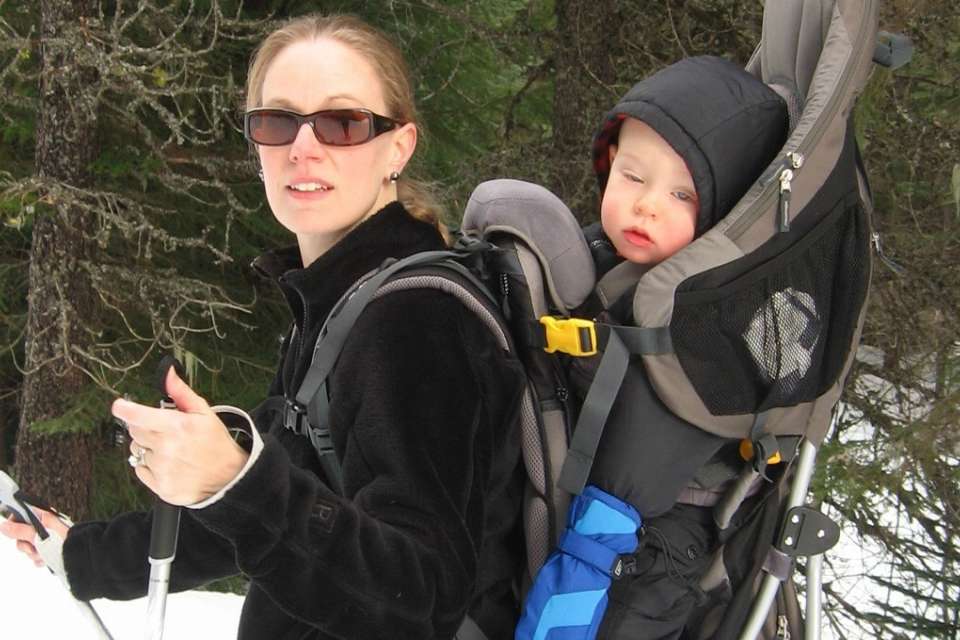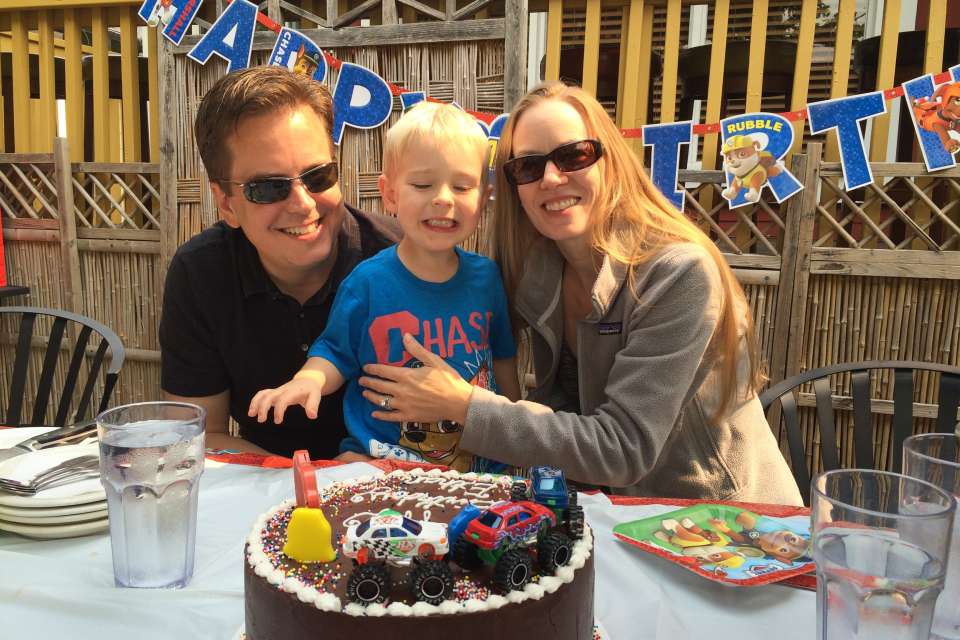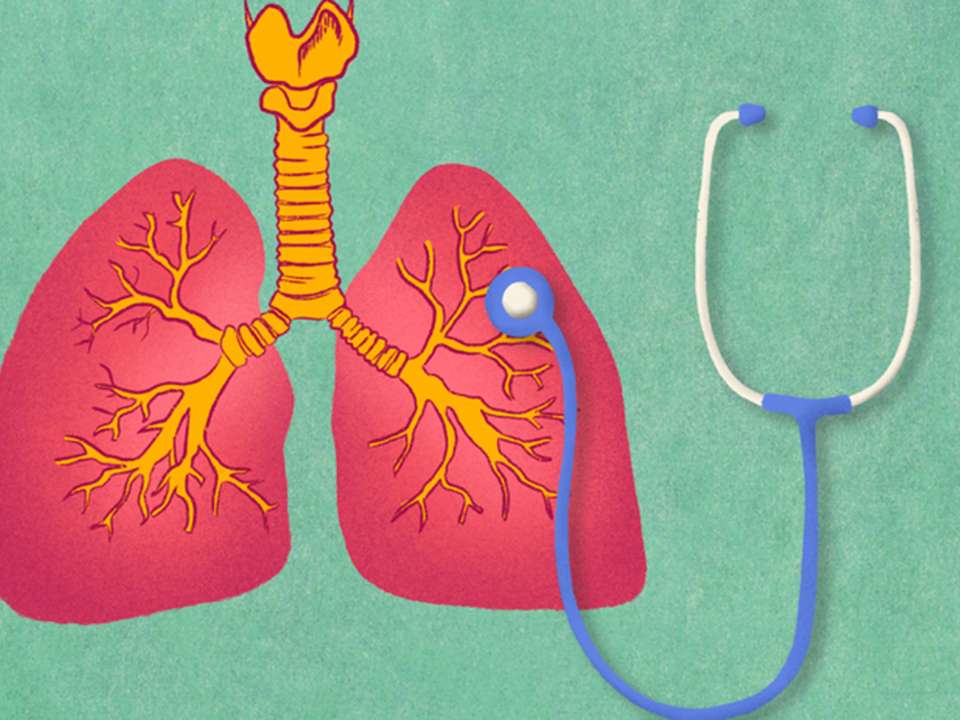
It was 6 a.m. on a Sunday when Lacey Siekas shook her husband awake. “I think I’m dying,” she said. “We need to go to the hospital now.”
Ten days earlier, Lacey had been the picture of perfect health—a runner who ran 20-30 miles per week, an acute care nurse practitioner who logged 12-14 hour shifts, and a mother who had just nursed her 20-month old son through a bout with pneumonia.

But this Sunday morning, what she said was not far from the truth. If Lacey had waited another 24 hours to go to the emergency room, it may have been too late.
A Life-Threatening Complication of Infection
Lacey had sepsis—a life-threatening complication of the body’s response to infection. Sepsis can be triggered by an infection of any kind: bacterial, viral or fungal. For reasons not entirely understood, sometimes the body’s natural inflammatory response spreads from the site of the infection throughout the body, causing organ damage, shock and eventual death.
It is not the initial infection that proves fatal but the body’s systemic inflammatory response to that infection. Four types of infections are most often associated with sepsis: lung, urinary tract, skin and gut.
In Lacey’s case, her sepsis started out as a case of pneumonia just a little over a week previous—one that neither she nor her primary care provider recognized right away. “I felt run down but I couldn’t quite put a finger on it,” says Lacey. “I wasn’t coughing. I wasn’t having any obvious fevers or chills. I just felt tired and fatigued.”
Lacey’s condition worsened over the week and she returned to her primary care provider, who failed to recognize just how sick she was.
Sepsis Can Be Difficult to Recognize
A failure to identify sepsis early is not unique to Lacey’s situation. “Unlike trauma or cardiac arrest where the moment of the event is well known and well identified, sepsis can start insidiously” says David Carlbom, M.D., medical director of Harborview Medical Center’s sepsis program. “You’re a little sick so you stay home; you’re a little bit sicker the next day.”
Sepsis can be difficult for both professionals and the public to recognize as there is not one defining symptom, but instead a constellation of symptoms that together indicate the patient is in danger.
Indeed by Sunday morning, Lacey was feeling as bad as she ever had. “I don’t remember parts of Saturday,” says Lacey. “By Sunday morning, every time I took a breath, I felt the most excruciating pain that I have ever felt.” She was also sweating, hyperventilating, confused and scared.
These changes in a patient’s behavior can be important clues to the development of sepsis. “Confusion is often a very early sign,” says Carlbom. “If you don’t already know a patient well, sometimes it’s difficult to figure out if someone is acting in a way that is out of the ordinary.
That’s where family or friends can say, “You know, my loved one is just not quite herself,” says Carlbom. Fortunately for Lacey, Michael Hori, MD, the infectious disease specialist at Valley Medical Center, identified her pneumonia—and her sepsis—right away.
“I credit Dr. Hori 100 percent with saving my life,” says Lacey.
Lacey was given IV fluids, a broad spectrum antibiotic and oxygen. She stayed at the hospital for three days, and felt remarkably better upon discharge, though weakened and five pounds lighter—a significant weight loss on her 115-pound frame. For some less lucky than Lacey, sepsis is not caught in time and progresses to organ failure, septic shock and death.
A Mission to Educate
Since Lacey’s recovery, she has been on a mission to educate both those in the public and the healthcare industry about sepsis. She wants healthcare professionals to recognize that sepsis can happen to people—like her—who are young, fit and otherwise healthy. And she wants patients to know to advocate for themselves if a healthcare professional is not taking their concerns seriously.
During her years in nursing school, Lacey was exposed to an adage that is commonly used in training healthcare professionals. The saying goes "When you hear hoofbeats, think of horses, not zebras.” Its meaning: Look for the more common diagnosis in patients before the more exotic option.
But for Lacey, there is her before-sepsis experience and there is her after-sepsis experience. After sepsis, Lacey says, “We might need to add a freight train to the analogy. You may just have a freight train bearing down on you. Because getting sepsis is like getting hit by a freight train.”


 Healthy ideas for your inbox
Healthy ideas for your inbox





